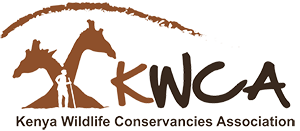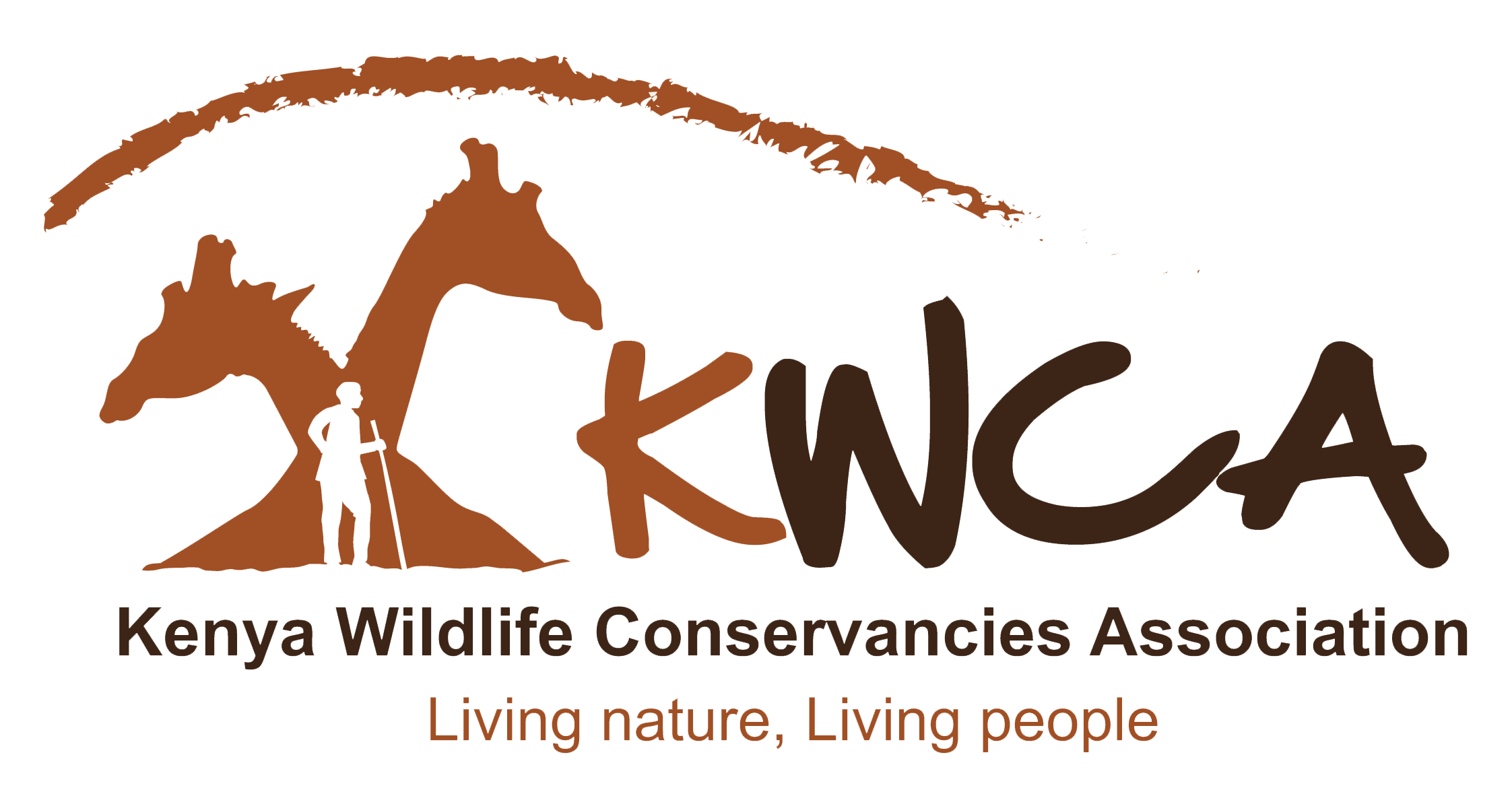Policy Update: KWCA Submissions on the Review of the Wildlife Act 2013
KWCA in partnership with eight regional associations; Maasai Mara Wildlife Conservancies Association (MMWCA), Northern Rangelands Trust (NRT), Amboseli Ecosystem Trust (AET), Taita Taveta Wildlife Conservancies Association (TTWCA), Athi Kapiti Wildlife Conservancies Association (AKWCA), Rift Lakes Conservancies Association (RCLA), Baringo County Conservancies Association (BCCA) and Laikipia Conservancies Association (LCA) held consultative meetings with conservancy landowners and stakeholders in February and March 2021 to review the Wildlife Act 2013,
The proposals and comments y the conservancy landowners were all harmonised and submissions shared to the Ministry of Tourism and Wildlife. Read the submissions on this link KWCA _Wildlife Act 2013 Review Submissions_March 2021[3]
General Submissions
- While the Wildlife Act 2013 successfully advanced conservation efforts in the country including on community and private lands, it was inadequately implemented due to a failure to gazette 19 subsidiary regulations, required to operationalise key provisions of the Act. In reviewing the Act, other factors that led to challenges in implementation should be considered, to avoid a repeat.
- In developing the submissions, KWCA made reference to the Wildlife Policy 2020, task force reports on compensation, wildlife utilisation, corridors and dispersal areas, and prevailing national and local contexts.
- KWCA organised eight physical meetings with its regional associations and one virtual workshop, bringing together conservancy leaders and their stakeholders, through which experiences and impacts of the Wildlife Act were discussed and recommendations collated to inform the collective submissions.
- The review of the Wildlife Act is happening at a time where threats to wildlife and their habitats remain a major challenge requiring significant change in the policy and legal environments. These include; increased investment in national parks and reserves, stronger government support and collaboration with community and private conservancies, increased participation in conservation by county governments, stronger partnerships with private sector, conservation non-governmental organisations and development partners and more reliable funding from conservation.
- A fragmented approach to wildlife conservation continues to entrench overlaps among national and county-based agencies, and community-based institutions. A clarity in roles, responsibilities and collaboration among the actors involved in conservation is a prerequisite to unlocking the country’s conservation potential.
- There is need to ensure policy coherence between conservation policies and land management policies. This will anchor on establishing intervention with entities responsible for land-use and spatial planning in the national and county governments for the recognition of conservation as a form of land-use, as well as infusing the process of land-use change.
- Lack of clarity on the purpose, conservation objectives and management of National parks and marine parks on one hand and national reserves and marine reserves on the other, has resulted in inadequate management of activities within the areas, risking loss of their ecological viability.
- Comprehensive and specific parts and sections on conservation in the different conservation areas is recommended to align with the structure of the Wildlife Policy 2020. These categories have different management objectives and structures
- National parks and marine parks under the management of Kenya Wildlife Service
- National reserves and marine reserves under the management of county governments
- Wildlife conservancies and Community managed marine conservation areas
- Other significant conservation areas- wetlands, riparian, co-managed areas
Read the full submissions on this link KWCA _Wildlife Act 2013 Review Submissions_March 2021[3]

